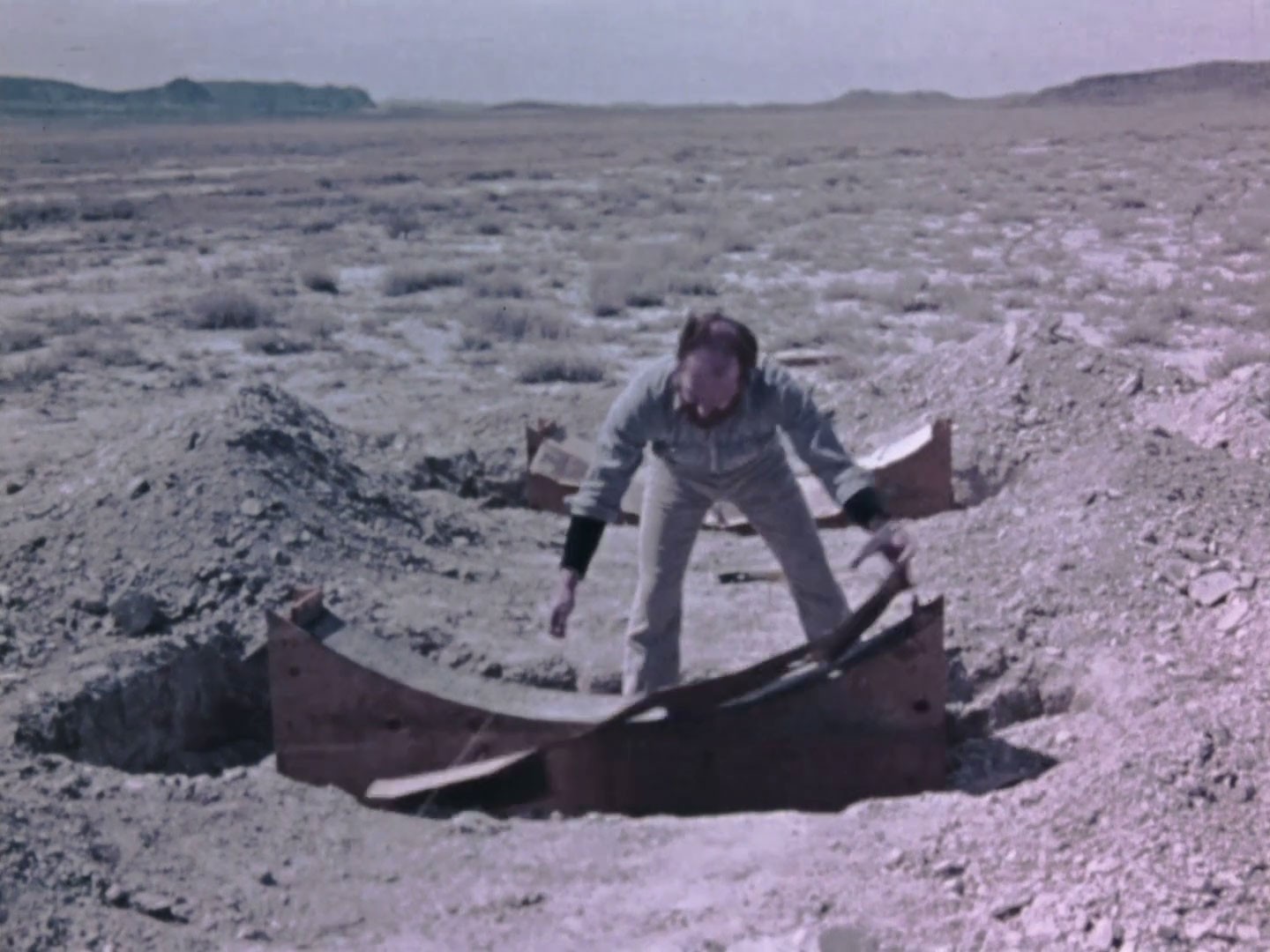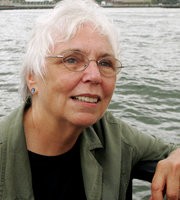
Films
- Read More
 Experimental
ExperimentalSun Tunnels
Nancy Holt16mm, color, sound, 26.5 minRental formats: 16mm, Digital file, DVD NTSC - Read More
 Documentary
DocumentarySwamp
Nancy Holt16mm, color, sound, 6 minRental formats: 16mm, VHS NTSC - Read More
 Experimental
ExperimentalUnderscan
Nancy HoltVHS, black and white, sound, 8 minRental format: VHS NTSC - Read More
 Experimental
ExperimentalPine Barrens
Nancy Holt16mm, color, sound, 31 minRental formats: 16mm, VHS NTSC - Read More
 Documentary
DocumentaryArt in the Public Eye the Making of Dark Star Park
Nancy HoltVHS, color, sound, 33 minRental format: VHS NTSC
Biography
Nancy Holt was born in Worcester, Massachusetts in 1938 and grew up in New Jersey. Shortly after graduating from Tufts University in 1960 as a biology major, she moved to New York, where —alongside a group of colleagues and collaborators including Michael Heizer, Carl Andre, Eva Hesse, Richard Serra, and her husband, Robert Smithson— she began working in film, video, installation, and sound art. With her novel use of cylindrical forms, light, and techniques of reflection, Holt developed a unique aesthetic of perception, which enabled visitors to her sites to engage with the landscape in new and challenging ways.
Works like Sun Tunnels (1973-76), Views Through a Sand Dune (1972), and her extensive Locator series provided a new lens for observing natural phenomena (such as summer and winter solstices and sun, moonlight, and constellation patterns), which transform specific geographic locations into vivid and resonant experiences. Her sculptural sites allow the viewer to channel the vastness of nature into human scale while creating a contemplative, subjective experience grounded in a specific location in real time. Sun Tunnels (1973-76) and Stone Enclosure: Rock Rings (1977-78) are natural developments of her Locator series begun in 1971.
Holt wrote in 1977 about her magnum opus, Sun Tunnels, located in the Great Basin Desert of Utah:
l wanted to bring the vast space of the desert back to human scale. I had no desire to make a megalithic monument. The panoramic view of the landscape is too overwhelming to take in without visual reference points ... through the tunnels, parts of the landscape are framed and come into focus ... the work encloses surrounds....
